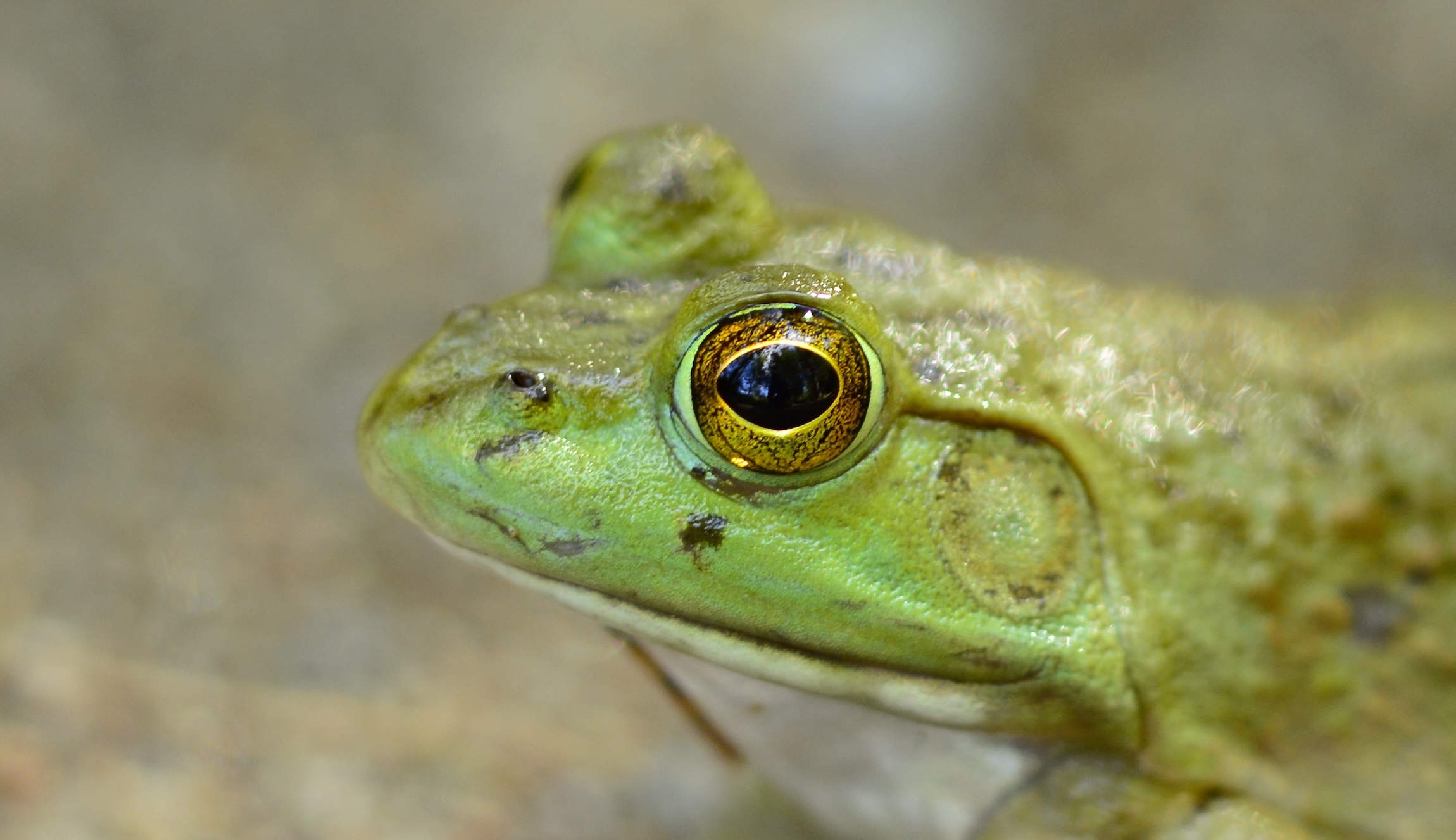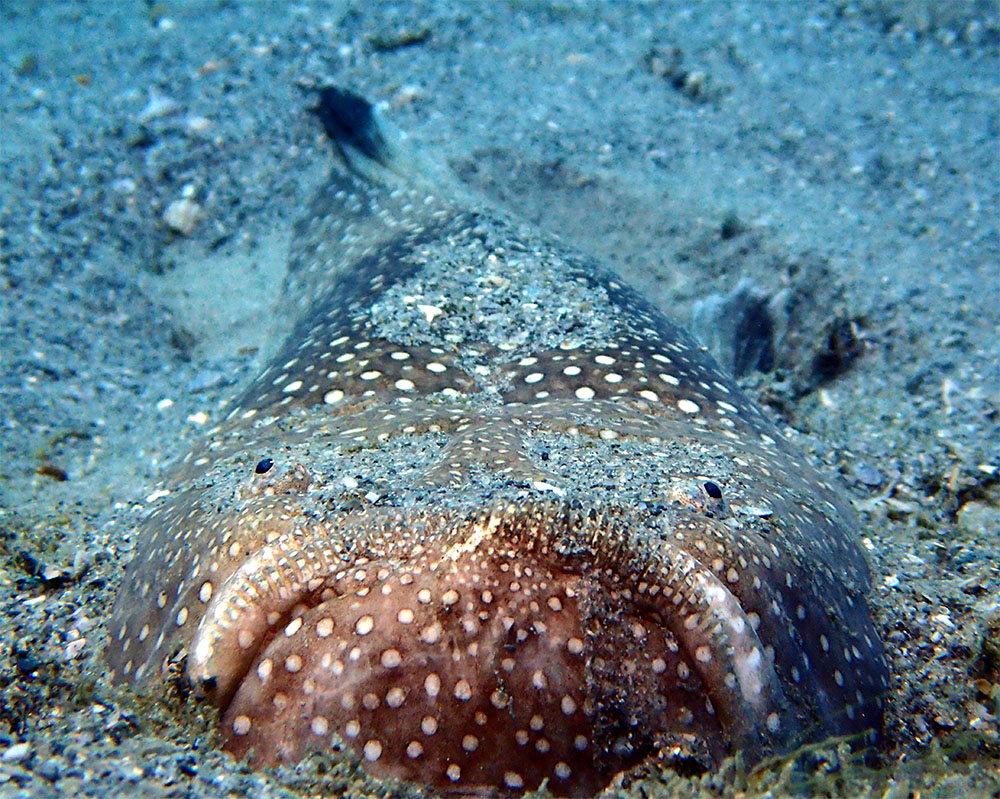Southeastern Five-Lined Skink – IUCN Conservation Status: Least Concern The scientific name for this animal is Plestiodon inexpectatus This photo is of a southeastern five-lined skink. They are common to the southeastern United States. I took this photo while in Siesta Key, Florida. The scientific name for this animal is Plestiodon inexpectatus. It was only […]
Great Blue Heron
Great Blue Heron – IUCN Conservation Status: Least Concern Great blue herons have a lethal weapon built into their head–their beak This majestic aviator is a great blue heron. With this month’s theme of “Zoomed In” you can get a good look at their decorative plumage. Great blue herons have a lethal weapon built into their head–their […]
American Bullfrog
American Bullfrog – IUCN Conservation Status: Least Concern They capture and consume unsuspecting lizards, snakes, rodents, crayfish, insects, snails, and worms This captivating eye belongs to an American bullfrog. Similar to other species, these are highly aquatic creatures. These frogs are native to eastern North America and are often seen near permanent water sources such as lake, […]
Fowler’s Toad
FOWLER’S TOAD – IUCN Conservation Status: LEAST CONCERN Fowler’s toads have black and yellow eyes The photo of this fowler’s toad is courtesy of my dog, Landon. While Jill and I were hiking at Indian and Celina Lakes in southern Indiana, this little frog caught the eye of our dog. Once the frog stopped hopping, […]
Plains Lubber Grasshopper
Plains Lubber Grasshopper – IUCN Conservation Status: Insufficient Data Grasshoppers have 5 eyes! Matt, Kenny, Nick, and I were descending from Emory Peak in Big Bend National Park when we came across this plains lubber grasshopper. We were at the end of a long hot hike, and we were all pretty low on energy. I […]
Chalk-fronted Corporal Dragonfly
Chalk-fronted Corporal Dragonfly – IUCN Conservation Status: LEAST CONCERN Each eye has up to 30,000 facets! I took this photo the day before my birthday in the Berkshires of Massachusetts. Matt and I were camping there enjoying the beginning of summer. We had been out on a loop hike through the park when we came […]
Stargazer
SOUTHERN STARGAZER – IUCN Conservation Status: LEAST CONCERN Stargazers cover themselves in the sand This eyeball belongs to a rarely seen creature called a stargazer. There is a northern stargazer and a southern stargazer. Both look about the same, and the only way you can really tell the difference is the tail of the stargazer, as well […]
Blow Fly
Most blow flies live in temperate to tropical regions. The larvae of blow flies are used for a medical treatment called “maggot therapy”. Maggot debridement therapy (MDT) uses laboratory raised fly larvae to treat stasis ulcers, postsurgical wounds, pressure clots, and diabetic foot wounds. The larvae eat only the dead tissue, which improves the healing potential of […]
Mantis Shrimp
MANTIS SHRIMP – IUCN Conservation Status: Varied The mantis shrimp has one of the most complex visual systems in the animal kingdom This creature is thought to have the most complex visual system in the animal kingdom. How can we break down such a complicated biological system? Let’s start by talking about photoreceptor cells. These cells are used […]








